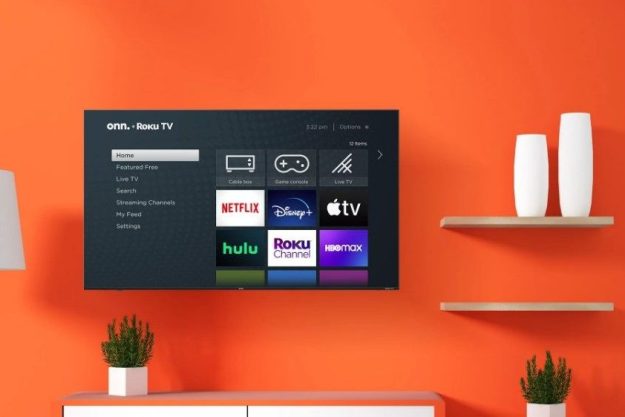Blue made its bones by creating retro-style mics that look great and sound better, so we were excited when the company — following the paths of Sennheiser, Shure, and AKG — blazed into the world of hi-fi headphones with its own set of cans; after all, a mic diaphragm is essentially just a headphone driver in reverse. But, while we loved the sound of Blue’s first effort, the Mo-Fi, they were just too darned heavy. Now Blue’s back with a sleeker, slimmed down follow-up: Say hello to Lola … L-O-L-A, Lola (sorry, couldn’t help it.)
Lola picks up where the Mo-Fi left off, leveraging the Mo-Fi’s warm, yet brilliantly clear 50mm drivers, while cutting the weight via a new “slim-fit headband.” The headphones definitely keep the vintage look that Blue has always held close — in fact, at first glance the cans are almost indistinguishable from the Mo-Fi. However, the curves are a bit more subtle and refined, trading the antique helmet look for something softer while still wielding that vintage street cred.
While the Lola’s headband may look like it was pulled off the head of a radio operator circa 1945, there’s more than hip aesthetics at work here. Blue claims the four-point, multi-joint design is able to offer a custom fit, while the rotating earpieces are rounded to fit your ears, allowing for parallel placement, and a tight seal to keep the sound intact.
Another reason the Lola is lighter is that the headphones don’t offer the on-board amplification that came with the Mo-Fi. But considering they’re sporting the same exact drivers, we’re hoping the sound signature won’t change dramatically. Ideally, we’ll get the same firm, punchy bass and rich warmth in the midrange we enjoyed with Blue’s first effort, but without the neck cricks from wielding that apparatus around.
The cans come with a soft travel case, dual cables (including a 3 meter, and 1.5 meter with three-button inline mic for iOS), and will ship in charcoal black and pearl white. The Lola are expected to be available in November for $250.

